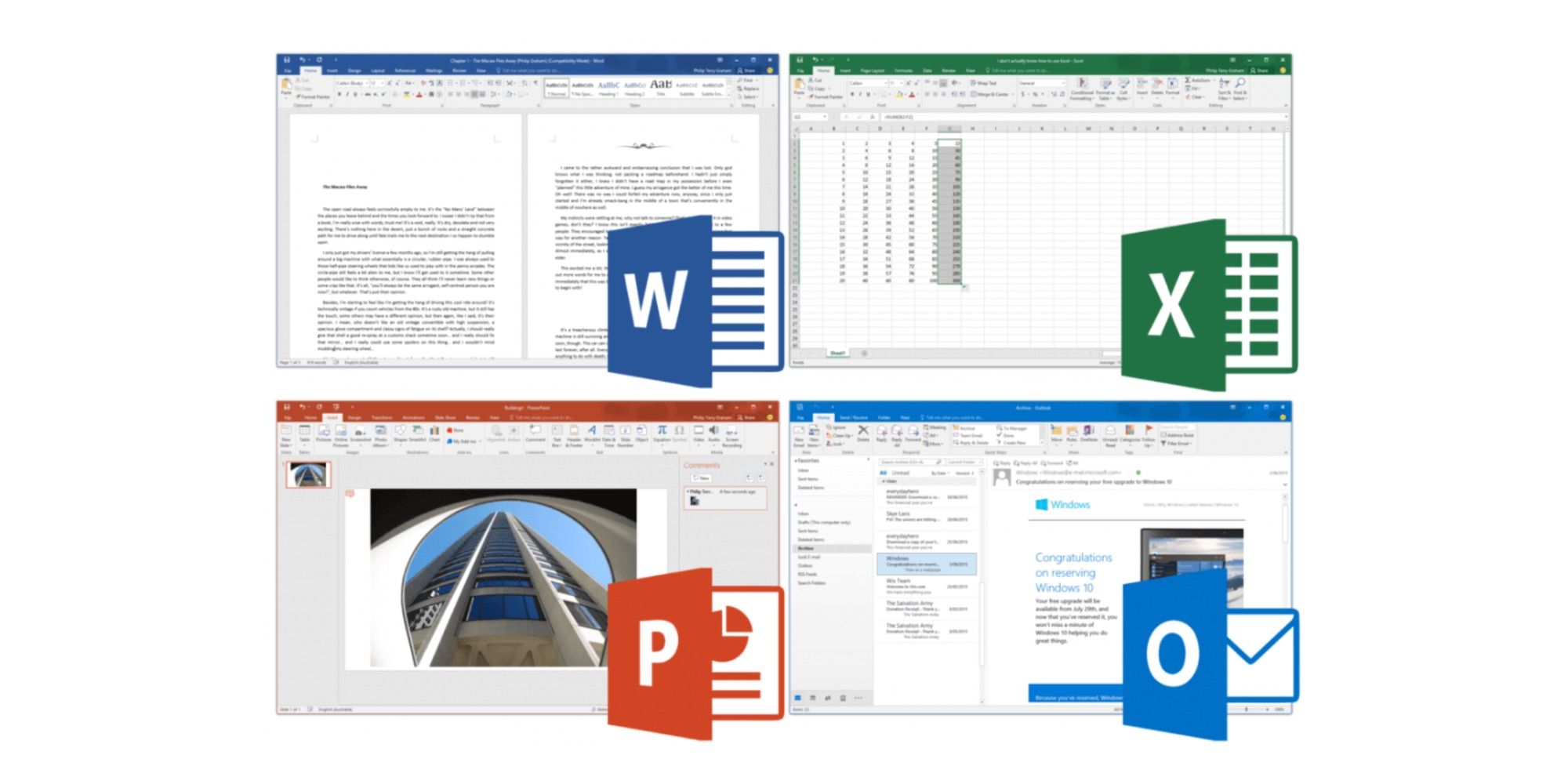Apple Silicon Mac owners will have to wait for the maximum speed, M1-supported Microsoft Office, but it is in progress. Apple’s newest 13-inch MacBook laptops and Mac mini desktop computers are powered by an Apple-designed M1 chip instead of the Intel chips that were used in previous generations. While the current version of Office will run on the new M1, it won’t reach its highest possible performance until the M1 version is available.
Microsoft created its hugely popular Office suite of business apps in 1990, but Microsoft Word launched in 1983 and Excel followed in 1985. An interesting note about the history of business apps is that Microsoft didn’t invent these concepts, it just managed to make them better than competitors. The first word processor retailing for personal computers was WordPerfect in 1979, which ran on MS-DOS, and the first spreadsheet, called VisiCalc, was made for an Apple II that same year. These were dubbed ‘killer apps’ that made purchasing a personal computer an easily justifiable business expense.
The M1 Mac computers cannot directly run apps developed for Intel processors. Apple is promising a seamless transition, but those that rely on Microsoft Office for work may have some concerns as the M1 version of Office is not yet available. However, Apple claims the M1 will emulate an Intel processor and run Microsoft Office so well that most won’t notice any difference. Apps are preprocessed on installation and first launch to optimize some processes for the M1. Microsoft notes that, when opening Office on an M1 Mac for the first time, there will be an extra delay as macOS generates optimized code, but that subsequent launches will be fast. The developer of Office also indicates that the November 2020 release is optimized for macOS Big Sur, but still targeting Intel processors. Microsoft began updating Office for the M1 earlier this year and significant progress has been made. In fact, it’s already in beta testing.
Beta Channel M1 Office & Alternatives

According to Erik Schwiebert, Principal Software Engineer for Apple products in the Office Experiences group at Microsoft, Office is already available for M1 MacBook laptops and M1 Mac mini via the beta channel. The public release date has not been set, but beta is usually the last stage of testing before updates become available to the public. Schwiebert adds that Visual Basic is fully functional in the beta and compiles to native M1 code. Visual Basic is used for the most powerful macros in Microsoft Office, so this is an important milestone. Microsoft Teams is not yet working but is in progress.
Apple includes alternatives for most Microsoft Office apps with every Mac and iPad. All Apple-developed apps will be M1 native, so this provides an alternative for those that want the fastest possible app on day one. Microsoft Office documents can be imported and exported using Apple’s iWork, but not every feature is included and formatting may not appear the same. Ultimately, for those that need maximum compatibility, the real thing is the way to go. Apple states that iPhone and iPad apps will run on an M1 Mac computer unless disabled by the developer. As Microsoft Office will currently run as a Mac app, it may choose to omit the iPad version from the Mac App Store. The wait for Office compiled for the M1 processor is real, but the current version should work fine in the meantime and the M1 update is coming soon.





